By: Paul Karp.
Australian Bureau of Statistics also won’t ask about respondents’ journey to education and whether they smoke
The Australian Bureau of Statistics has ditched preparations to ask about sexual orientation and gender identity in the 2021 census, although a question whether people are male, female or non-binary is still under consideration.
On 15 October, the ABS will test the census on 40,000 households in Wagga Wagga and south of Brisbane, including proposed new questions on non-binary sex, long-term health conditions and Australian defence force service.
The test follows a consultation process in 2018 that identified eight potential new topics. The ABS has decided not to proceed with questions on gender identity, sexual orientation, respondents’ journey to education and smoking.
The Equality Australia chief executive, Anna Brown, told Guardian Australia: “It is disappointing that the ABS will not be collecting information about sexual orientation in the next census.
“It is absolutely vital for us to be counted if we are to have the diverse needs of the LGBTIQ community adequately addressed in government policy and programs.”
The LGBTI Health Network had lobbied for inclusion of sexual orientation, gender identity and intersex status to help address the significant health disparities experienced by LGBTI people.
“We all know about the mental health and well-being disparities for LGBTIQ Australians,” Brown said. “We need a clearer understanding of the demographics of our communities so we can ensure that funding whether for healthcare, or social services, is directed to where it is most needed.”
An ABS spokesman attributed the decision to a desire to keep “the burden we placed on responding households to a minimum, and being able to test our processes”.
In a further statement a spokesman said that the final decision on questions for the 2021 census is one for government, which has not yet advised the ABS of its decision.
“Potential new topics, not included in the October test, may still be included in the 2021 census pending the government’s decision,” he said.
Stephen Jones, Labor’s shadow assistant treasurer, said LGBTI Australians “have been ignored in Australian health policy planning for too long”.
“A raft of major national health organisations support collecting data on sexuality and gender identity in the 2021 census,” he said.
Jones said he had written to the assistant treasurer, Michael Sukkar, asking him to work with parliament and the LGBTI community to improve the inclusivity of the census, health services and “to make sure all Australians get counted in the 2021 census”.
Since becoming prime minister in August 2018, Scott Morrison has been criticised from LGBTI equality advocates for politicising sexuality and gender identity.
Morrison has opposed sex-ed programs he agreed made his “skin curl” by teaching the fact of diversity in human sexuality, described teachers who support trans students as “gender whisperers” and demanded his department remove signage that gives people the choice of bathroom based on their gender identity.
In the 2016 census, the ABS gave census respondents the option to identify as neither male nor female but “other” in both the sex and gender categories.
However, both the paper and online versions of the census displayed only male and female options, meaning people wishing to identify as “other” in either category were required to contact the census inquiry service to receive either a special login to do so online or instructions for how to fill in the paper form.
The ABS defined respondents of the “other” sex category as “persons who have mixed or non-binary biological characteristics (if known), or a non-binary sex assigned at birth”. It said the third category of sex was variously described as indeterminate and intersex.
“Other” in the gender category refers to “adults and children who identify as non-binary, gender diverse, or with descriptors other than man/boy or woman/girl”.
Source of the article: https://www.theguardian.com/australia-news/2019/oct/05/questions-about-sexual-orientation-and-gender-identity-dumped-from-census

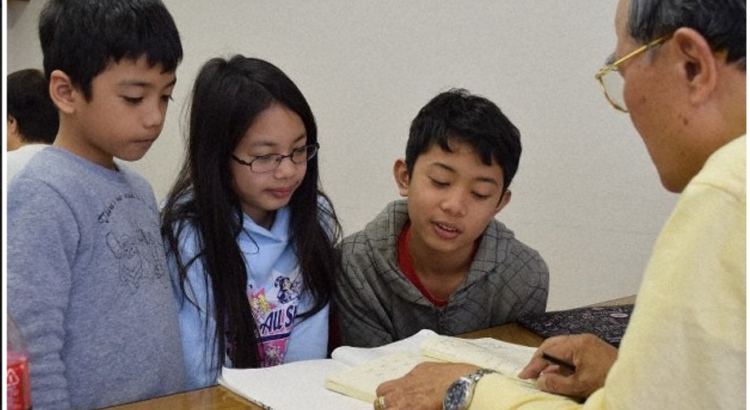
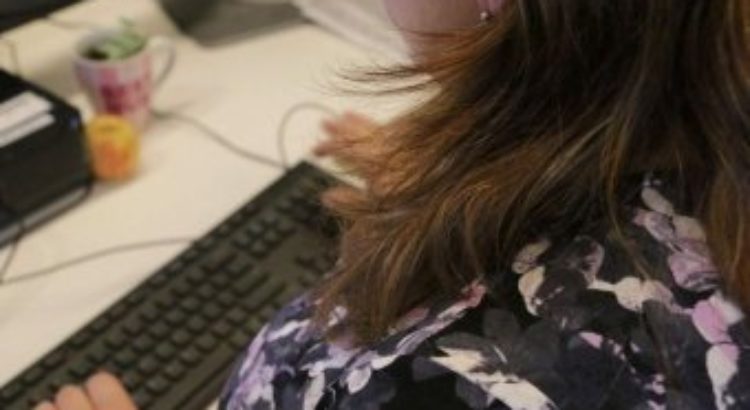


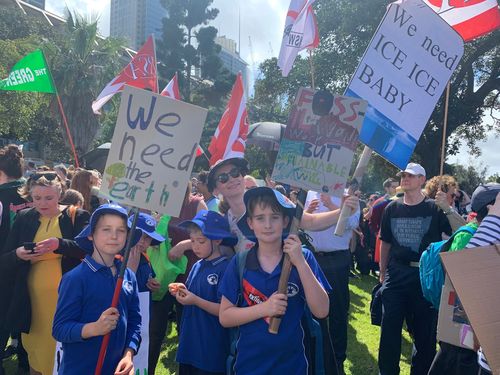



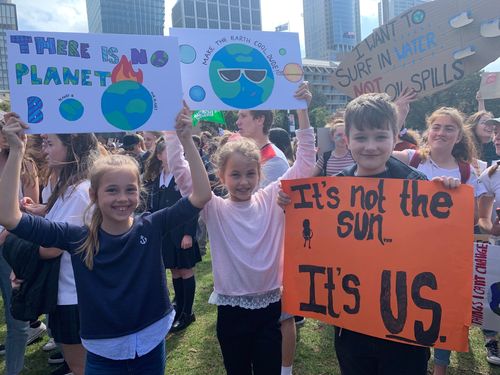
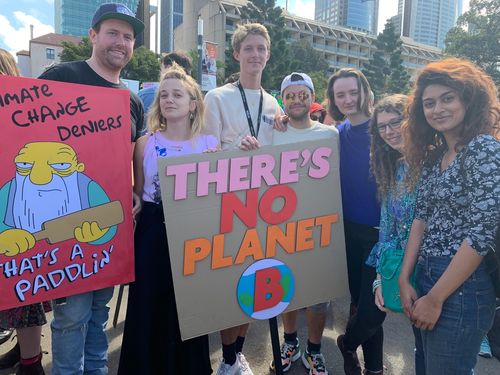
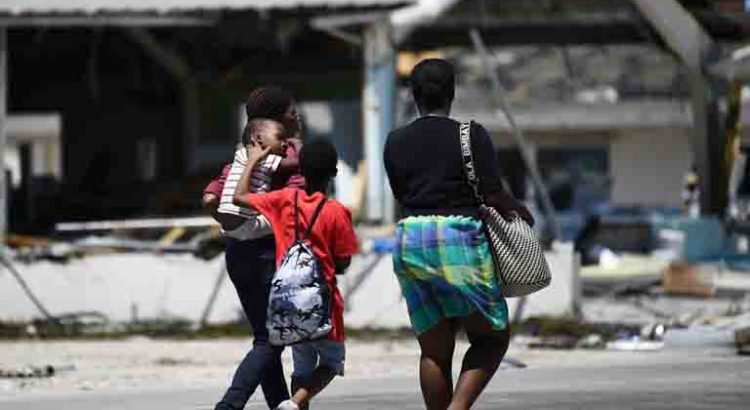
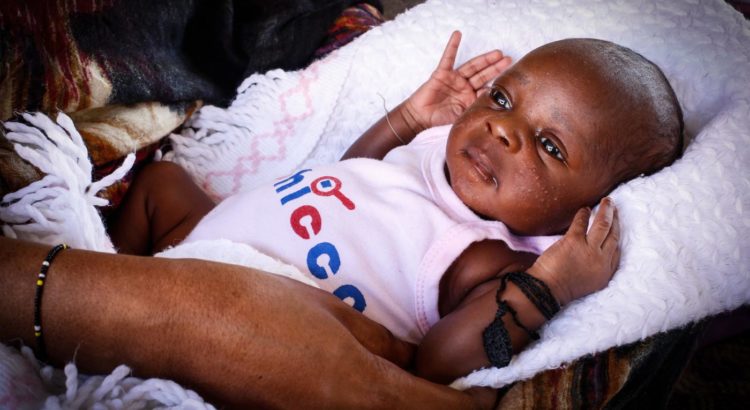




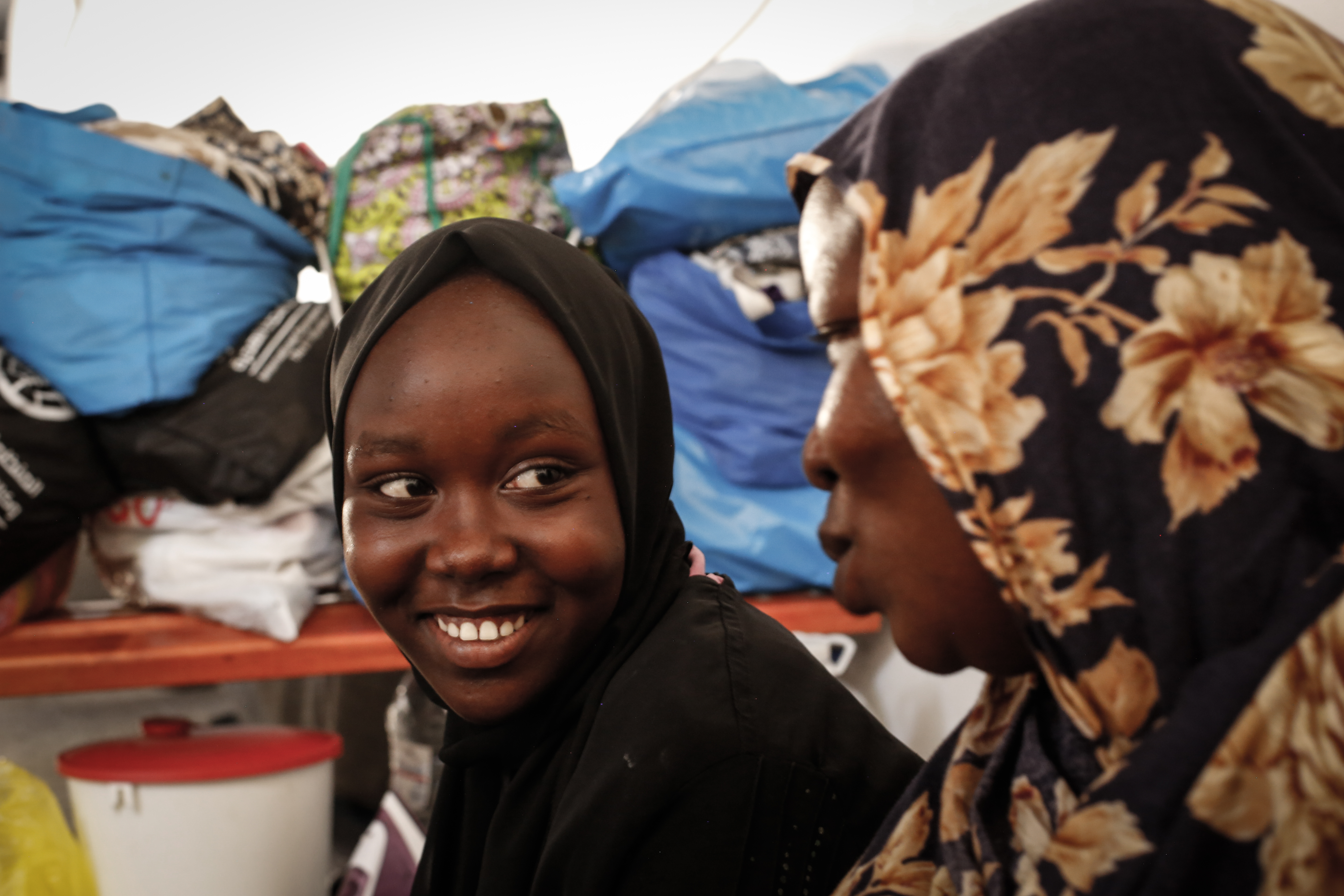













 Users Today : 16
Users Today : 16 Total Users : 35460399
Total Users : 35460399 Views Today : 34
Views Today : 34 Total views : 3419197
Total views : 3419197